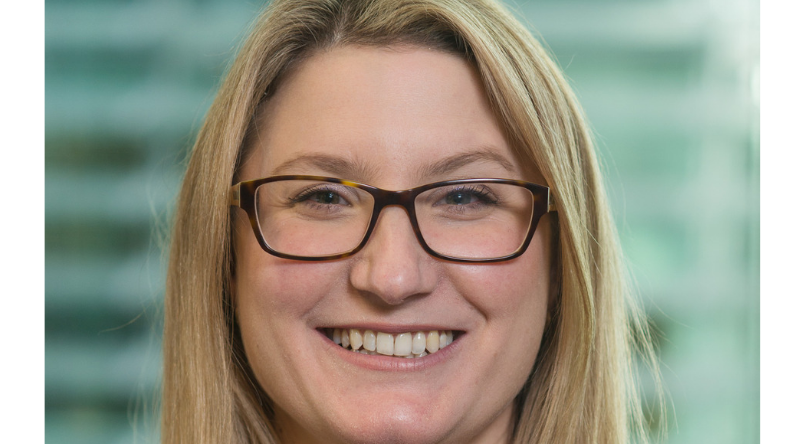By Federica Bowman, Managing Director, Digital, FirmDecisions
Media and marketing are going through a sustained period of innovation and transformation, becoming ever-more digital, automated, and complex. If anything, the rate of change is actually increasing. A state of constant flux is the new normal.
This is placing unprecedented pressures on marketers, pulled in myriad new directions and expected to keep up to speed with every new technology, platform, and trading mechanism, not all of which — it must be said — have been developed with brands’ best interests at heart. There are bear traps and dead-ends which threaten to erode value, decrease transparency, and reduce return on investment.
It has never been more challenging to be in charge of a brand.
As marketers adapt to the complex media trading ecosystem, so reliance on agency partners has grown. As a result, many have become removed from the day-to-day intricacies of the market, and this detachment has led to a lack of in-house knowledge of how media are traded and operated.
The ecosystem is so crowded and intricate that advertisers are at risk of suppliers taking advantage of the confusion. Independent, third-party advice to navigate the ecosystem is increasingly necessary.
But it’s not all one-way traffic. Despite increasing complexity, brands have started to reassert control. The 2016 report and recommendations from the U.S. Association of National Advertisers — reporting the first evidence of a systematic lack of transparency in the U.S. media market — was a wake-up call to the industry.
Many advertisers around the world have taken direct action in response. The rise of procurement as a friend of both the CFO and the CMO is another important stepping stone on the road to brands regaining trust in the media supply chain. It has also enabled CMOs to reassure CFOs, providing the accountability they need to make informed business decisions.
Another significant trend in brands attempting to take back control has been the move towards in-housing, with marketers looking to take direct ownership of commercial terms, data, decision-making, and finance. Many advertisers start on this journey believing that in-housing will solve all their transparency issues and that the decision is binary — “in-housed or outsourced” — while the truth and the options are rather more nuanced.
It’s true that in-housing can provide commercial, operational, and financial transparency, but if advertisers are not organisationally set up to manage what they propose to run themselves, in-housing can introduce more challenges than solutions.
Moving media trading in-house impacts not just the marketing function, but also financial, legal, IT, and operations. It requires new skillsets and understanding at a corporate level of the benefits that in-housing can bring, as well as buy-in from the business to commit the level of effort, support, and investment required to institute this fundamental, functional change.
The reality is that in-housing is a spectrum; there are degrees to which advertisers can in-house media and marketing operations. How far they go depends on the level of control they wish to pursue.
Those brands that do best with in-housing are often those who plan to adopt the migration over time, starting with a hybrid model, taking some of the commercials with key partners in-house, while still empowering their agency of record to manage trading and operations. Essentially, there are three options.
- Light-touch: bring the key commercial and contractual relationships in-house, but leave the day-to-day trading and operations with the agency.
- Middleweight: bring most of the financial operations in-house, with the agency having no commercial or financial relationships with vendors or publishers, simply operational. This provides financial transparency over the benefits and bonuses generated via volume of spend, which otherwise can stay with the agency.
- Full-fat: assume full control of everything — trading, data, and physical management of media trading. Total control and total transparency also mean total responsibility.
The further down the in-housing path you go, the more expertise you need to acquire and retain in-house. Aside from the upskilling required for legal, finance, IT, and other affected teams within your business, you need to ensure your new media experts remain up-to-speed with new developments and motivated outside the more dynamic environment of agency life.
The impacts are more than just financial, and while you may make savings, secure all the benefits owing to you, and attain the level of transparency you desire, it may well end up costing you more, particularly short-to-medium term.
That’s why it’s really important to look before you leap and consider the full spectrum of possibilities around in-housing and the consequences of going light-touch, middleweight, or full-fat.












